Go back in time with a condensed history of dance costuming beyond the focus of Point Park. Starting at present day, follow how costuming has progressed with notable individuals that contributed and our own experiences.
2010’s-Present Day
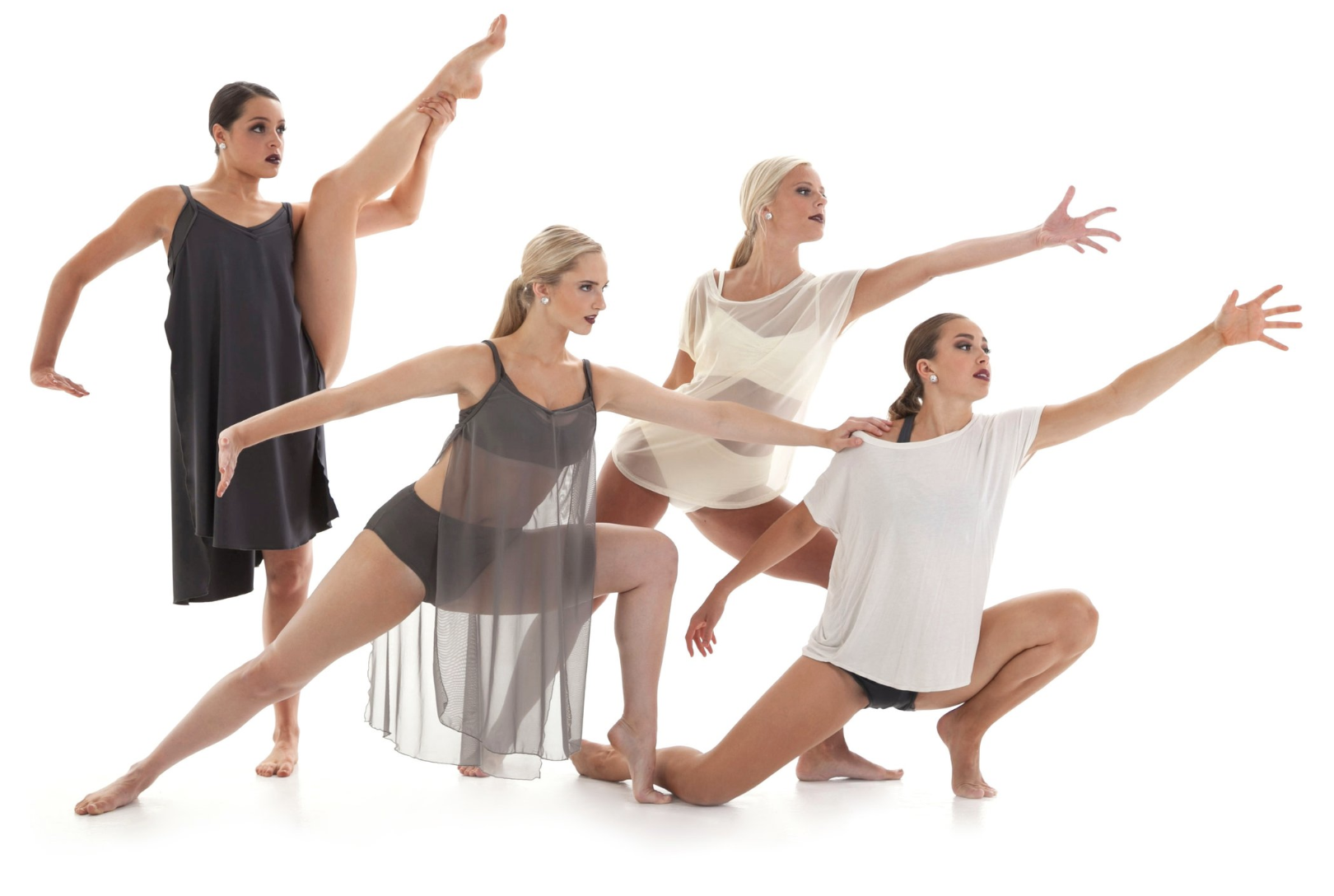
2010’s-Now Costuming
There is a breaking down of stereotypes and traditional costuming now. Choices have become available for the silhouettes created in every style, still having original aspects to them. This new open concept allows for more personalized pieces if the dance allows. The physicality of the fabrics used have upgraded with technology to wick sweat and maintain body temperature.
1990’s-2000’s
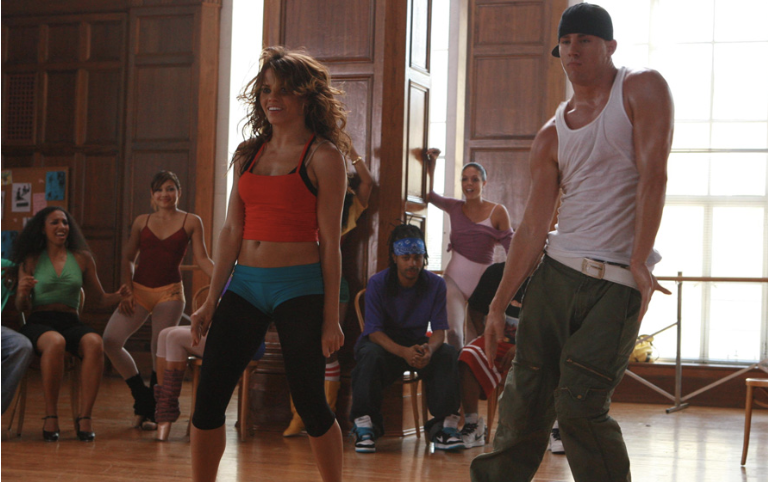
1990’s-00’s Costuming
The rising popularity of hip hop and breakdancing in this era led to varying styles. Much of the dance wear either consisted of more relaxed and baggy streetwear or tight fitting clothes, leotards, and leg warmers. Bright colors could be seen at the same time as more subdued earth tones and sleek blacks.
1970’s-1980’s
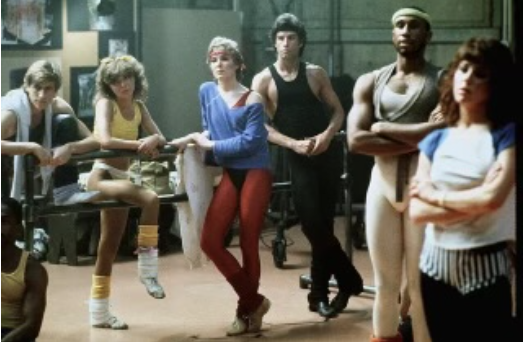
1970’s-80’s Costuming
These decades were characterized by disco and fitness styles. Some of the most popular dance wear in the 80s consisted of stretch one-piece leotards, unitards, leggings, and tights originally popularized in gymnastics and fitness. Both decades saw an explosion of bold and bright colors.
1950’s-1960’s
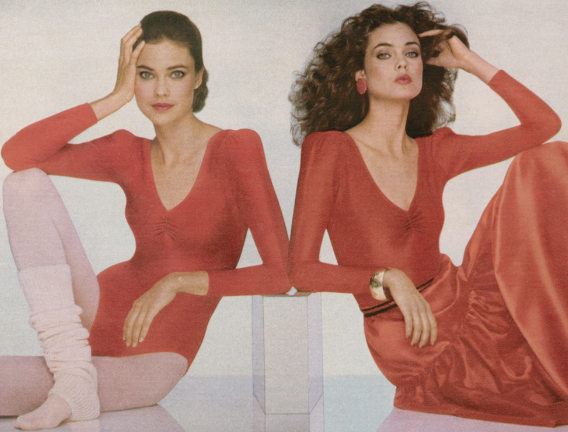
1950’s-60’s Costuming
By the 1960s the leotard, which had originally been introduced much earlier for circus performers, became more commonly used by dancers. Early leotards were made of cotton with little stretch before spandex arrived on the 1960s. Both spandex and leotards continue to be used in dancewear to this day.
1958 – Spandex was patented.
1962 – Spandex was introduced to the public; it revolutionized practice wear and eventually stage costumes.
1930’s-1940’s
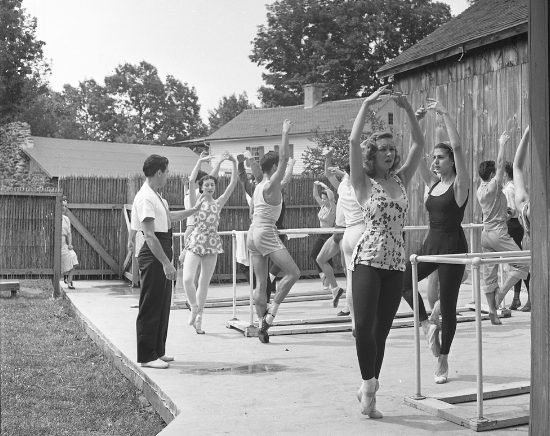
1930’s-40’s Costuming
Ready-to-wear clothing began gaining popularity for women in the 1930s and were used in dancewear. Many dancers; however, still did not have access to ready-to-wear clothing and continued to make their own practicewear. The popular fabric of the time was cotton with little to no stretch.
1910’s-1920’s
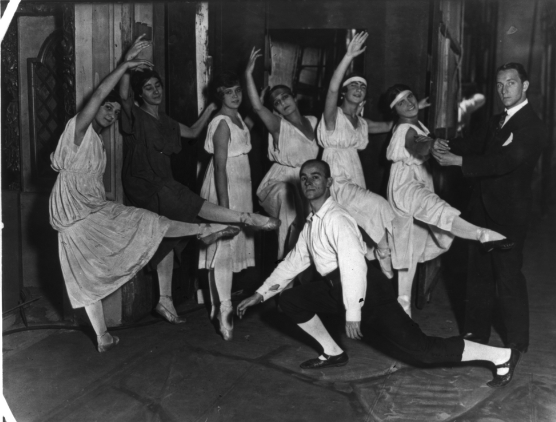
1910’s-20’s Costuming
For most of the 20th century there was no stretch fabric and no ready-to-wear dancewear. These decades were also influenced by Isadora Duncan, and the female uniform was characterized by the chiton; they were inspired by the Ancient Greek tunics and were easy to move in. In the 1920s, the dresses were shortened because of fabric scarcity post-WWI.
Notable Individuals
Isadora Duncan (1877-1927) – Considered the “Mother of Modern Dance”. She thought ballet dancers had too many rules and rejected the corseted and restrictive styles popular at the time. She instead wore draped fabric and bare feet which led to a relaxing of dance wear standards.
1800’s
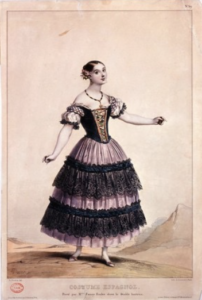
1800’s Costuming
By the l800s, dance costumes moved away from the heaviness of the 1700s and towards a lighter Grecian-influenced style. By the 1840s, ballerinas wore bell shaped dresses with cap sleeves, low cut bodice and long skirts.
1800’s Notable Individuals
Marie Taglioni (1804-1884) – Dancer who introduced the “Romantic skirt” in 1832, a multilayered skirt reaching midcalf. She was also the first to integrate pointe work into performance; the tutu was created to expose her footwork.
Jules Léotard (1838-1870) – 19th century acrobat who invented the leotard. He called it the maillet, and it was originally made for male circus performers and acrobats.
1700’s
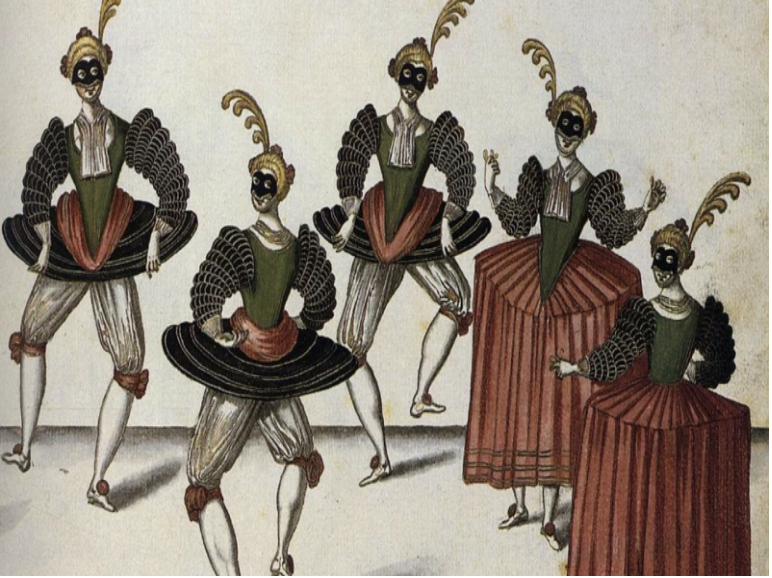
1700’s Costuming
Originating in the 15th to 18th centuries in European courts, dancers wore elaborate costumes with long trains, heeled shoes, large wigs, and masks that concealed facial expressions. During the reign of Louis XVI, the styles drew from Rococo fashions; post-Napoleon the fashions leaned more into Neoclassical fashion.
1700-1720 – Green shoes (next story)
1720 – Panier petticoat raised skirts off the ground
1790 – The invention of tights

1700’s Footwear and Notable Individuals
Typical footwear for dance would look like these green shoes noted from the last story (1700-1720)
Marie Sallé (1707-1756) – French ballerina who performed on-stage in light tunic style fashions and was the first to perform with no mask. She was also the first woman to choreograph the ballets she performed in.
Marie Camargo (1710-1770) – French ballerina who was the first to wear close-fitting drawers which later evolved into basic dancing tights. She also wore soft leather slippers instead of heeled shoes.